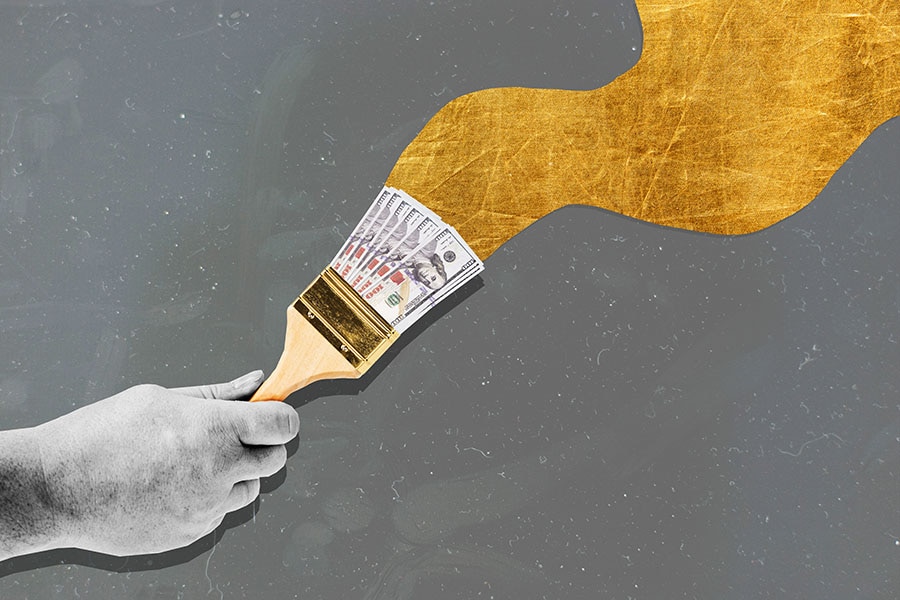
How art indices are changing the narrative of the Indian art market
What makes some works of art so pricey is a question that has intrigued almost everyone like us. Art indices solve this mystery to some extent and bring transparency and consequentially global exposure to the art market
 The democratisation of art production requires promoting all artists beyond celebrities. Image: Shutterstock
The democratisation of art production requires promoting all artists beyond celebrities. Image: Shutterstock
Art is meant to be consumed aesthetically. Art is also an emerging investment asset class. Connoisseurs and speculators alike have flocked to auction houses in India to buy paintings to the tune of $100 million a year. IIM-Ahmedabad and Mumbai-based Aura Art came together to jointly develop an art price index that was launched in the BSE auditorium last month titled IIMA - AuraArt Indian Art Index (IAIAI). The quarterly index is based on a hedonic pricing model and should be updated twice a year.
Does art deserve so much attention for a national-level dialogue? Yes, because academic literature is replete with evidence suggesting that art does not only help build new assets and create wealth, but it may also serve as an effective store of wealth. A direct impact of developing art markets reflects in employment creation and tourism development. Yet, some indirect positive outcomes are powerful and long-ranged: Artistic amenities draw good quality talent across industries; artists cross-fertilise creativity across industrial disciplines. In his paper, Currid (2010) shows how a large concentration of artists has made New York the brand it is.
But is it not sacrilegious to mix art—a work of creative purity—with investment? Not really. John Nici, in his book titled “Famous Works of Art” (Rowman & Littlefield, Maryland, 2015), firmly states: It would be naïve to think that artists do not care about “matters of finance”. "Michelangelo was nothing”, says Nici, "if not concerned with wealth, among other things such as fame". The “Divine Artist” was quite aware of the economic value of his paintings, so much so that he gave away his drawings to his struggling pupils as financial aid.
What makes some works of art (or art market, in general) so pricey is a question that has intrigued almost everyone like us. A by-product of the IAIAI endeavour has been a pricing model that tells us which aspects of an artwork contribute towards its price and by how much. These details are a topic for another day, but it suffices to say that we can predict painting prices with a fair degree of accuracy. They are not as random as most people perceive them.
Also read: Art as an investment: How to build an art collection from scratch






